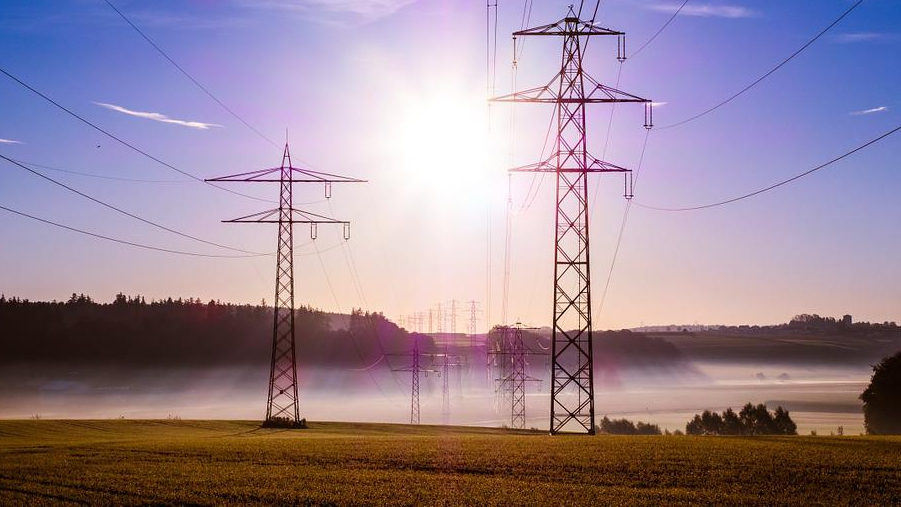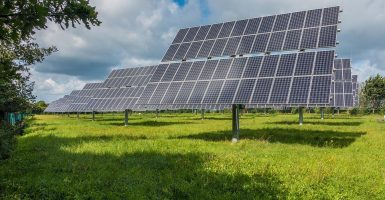Entire West Coast’s Power Grid Is On The Verge Of Collapsing?
The entire west coast may be in serious trouble, as its power grid is on the imminent verge of total collapse.
This article is more than 2 years old

As an intense heat wave blankets most West Coast states this week, officials in California have urged residents to reduce energy consumption to avoid straining the power grid. The National Weather Service says people should expect a prolonged and possibly record-breaking heat wave, with little relief overnight. The heat watch and advisories stretch from Arizona to Washington State. The agency also said the warmth coupled with little moisture and low humidity will contribute to an elevated wildfire risk across parts of the northern Great Basin and northern High Plains.
To prevent the West Coast Power Grid from collapsing, the California Independent System Operator (which manages 80% of the state’s grid) extended a Flex Alert, urging residents to curtail electricity use between the hours of 4 pm and 9 pm till the end of the week. The operator also suggested residents pre-cool their homes at 72 degrees Fahrenheit before 4 pm and then set their thermostats to 78 degrees or higher during conservation hours, CNN Reports. Additionally, residents should avoid charging electric vehicles or using large appliances.
Lowering the strain on the West Coast power grid will help prevent more drastic measures, like rotating blackouts. Unfortunately, California will be limited in its ability to import power because of similar high temperatures in neighboring West Coast states. According to NPR, Las Vegas is projected to see a week of high temperatures near 110 degrees Fahrenheit, with nighttime lows of 85 degrees or higher. Both are more than 10 degrees above the city’s average September weather. To provide some relief to residents, the city of Los Angeles is opening nine cooling centers for extended hours.
Government officials also encourage people on the West Coast to exercise caution when outside and to keep a close eye on the health of their children, the elderly, pets, and neighbors. The intense heat also prompted Governor Gavin Newsom to issue a state of emergency in California. Addressing the dangers of the situation in a press release, he said the extreme weather is just the latest reminder of how real the climate crisis is and its impact on everyday people. “This reinforces the need for urgent action to end our dependence on fossil fuels that are destroying our climate and making these heat waves hotter and more common,” he said.
The emergency proclamation will allow West Coast power plants to generate additional electricity. It also permits the use of backup generators to reduce the amount of energy they need to draw from the grid during periods of peak demand, and allows ships in California ports to reduce their consumption of electricity from the power grid. According to Governor Newsom’s statement, these are emergency, temporary measures, and the state will implement additional mitigation measures to counteract the increased emissions they will cause.
While it may be tempting to head out to the beach, it’s worth noting that severe heat is dangerous to everyone and can be fatal. This is especially true when temperature extremes last more than a few days. Factors that increase risk include advanced age, chronic and severe illness, and environmental overexposure (e.g. certain jobs or homelessness). So, if you live on the West Coast, stay indoors as much as possible and keep yourself hydrated.







